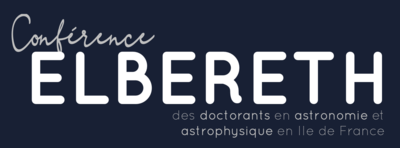Orateur
Description
The solar convective envelope generates, by dynamo effect, a surface magnetic field whose strength evolves on an 11-year cycle, with a change in polarity at the end of each cycle. A similar magnetic variability exists in other solar-type stars, influencing their dynamics. Furthermore, solar-like oscillators experience acoustic modes whose properties, such as their frequency, amplitude and energy vary over time in relation to the activity cycles. The turbulent motions in the convective envelope of these stars were so far considered as the only mechanism for exciting the modes. In this work, we investigate the variation of mode excitation during Cycles 23, 24, and the beginning of Cycle 25 for the Sun. To do so, we analyze data obtained since 1996 by the VIRGO SunPhotometers on the SoHO satellite, using a method that provides a better time resolution than classical methods such as peakbagging. By combining the small-time-scale variations in energy for several low-degree modes, we found a statistical discrepancy in the observed excitation rate compared to the one expected under the hypothesis that modes are only stochastically excited by convection. Our results indeed show that several modes can be excited at the same time. During this presentation, we will explore the possible sources of high energy in the modes, i.e. instrumental problems or other exciting mechanisms, which may be linked to the magnetic cycle of the star, such as flares or Coronal Mass Ejections, and compare the results with data from the GOLF spectrometer, also carried by SoHO. Applying the same analysis to a sample of 51 seismic stars observed by Kepler, which show magnetic variability, we found a similar behavior for 14 of them.
| Astrophysics Field | Stellar and Solar Physics |
|---|

